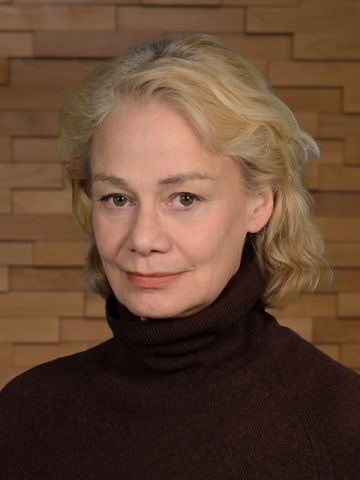David J. Christini, Adjunct Professor of Physiology and Biophysics
Implantable cardioverter defibrillators (ICDs) offer therapy by delivering electrical stimulation directly to the heart after sensing the onset of an arrthymia. In contrast, a preferred therapy for a reentrant arrhythmia might predict the onset of the arrhythmia and use appropriately timed low-voltage pulses (or perhaps even a single pulse) to prevent the onset.
No such reentry-preventing algorithms appear to be ready for the clinic at this time, but chaos-control methods may be at hand for preventing functional reentry by terminating electrical alternans, which are suspected to be the precursors to functional reentry and sudden cardiac death.
A small human atrioventricular node conduction alternans (AVA) detection and control trial was carried out at Cornell by a group including David Christini, Ph.D., who runs Cornell?۪s cardiac electrodynamics lab, and it implemented a dynamic method to detect and control AVA that Dr. Christini invented at his prior position at Boston University: see US Patent 5,836,974.
Since that trial, Dr. Christini's group at Cornell has developed two other algorithms to detect and control cardiac arrhythmias, each of which Cornell has protected with a patent application.
Cornell's most recent patent application provides algorithms for controlling higher-period or aperiodic cardiac rhythms by exploiting the rate dependence of cardiac tissue, namely, the interdependence of action potential duration (APD), diastolic interval (DI), and basic cycle length (BCL). (CRF D-3401)
Repolarization alternans (RPA) most likely occurs when heart rate exceeds the capability of certain ionic channels involved in repolarization to fully recover from activation or inactivation based on their time-dependent gating kinetics. This rate dependence of cardiac tissue - the dependence of an APD on the prior DI - can be expressed via the restitution curve. While several methods have been created to derive the most representative such curve, the key thing that all such methods show is that the APD depends on the prior DI.
Dr. Christini's team therefore attempted to control arrhythmias by controlling DI (both by holding the DI steady via administration of a stimulus to initiate an AP when the DI passes a set duration, and by adaptively controlling the DI so that a set BCL would be approached). Working in silico, they found that they were able to resolve both higher period and aperiodic arrhythmias more quickly and more robustly than current delayed feedback control algorithms. This method does not share the requirement as current chaos-control algorithms do of pre-estimating some characteristics of the fixed-point dynamics of the system, nor does it require a learning stage.
Cornell's earlier patent is directed to the use of endocardial leads and an ICD to detect and control RPA using adaptive, dynamic algorithms on a beat to beat basis. (CRF D-2763)
RPA manifests on the surface electrocardiogram as T-wave alternans (TWA). Because TWA typically occurs only at the microvolt level and therefore cannot be discriminated reliably from noise on a beat-to-beat basis, detection typically requires sophisticated signal processing (e.g., power spectral analysis) of a large number of consecutive surface electrocardiogram beats.
Dr. Christini's group exploited the higher voltage differences found with endocardial detection and deployed a chaos-control approach to adaptively administer appropriately timed low-voltage stimulations, progressively decreasing the discrepancy in alternating amplitudes and durations until the alternans was extinguished.
Together, Cornell's patents provide protection for algorithms to drive ICDs that would prevent reentry arrhythmias by extinguishing electrical alternans using dynamically determined, appropriately timed low-voltage pulses.
Publications
Contact Information

For additional information please contact
Donna Rounds
Associate Director, Business Development and Licensing
Phone: (646) 780-8775
Email: djr296@cornell.edu

